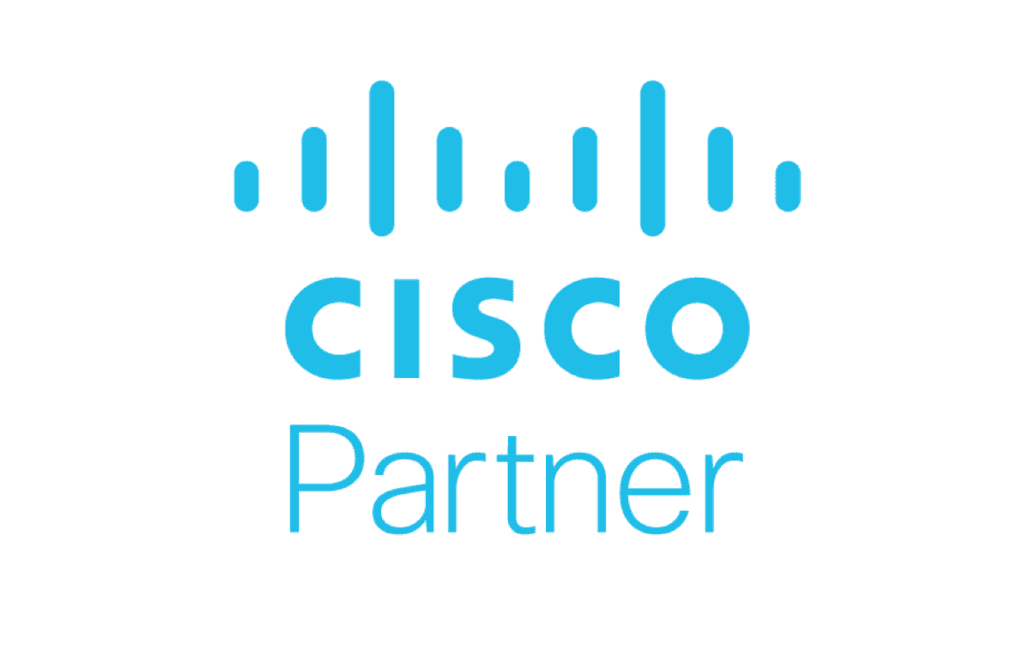Migrating from legacy Cisco Unified Communications (UC) systems, such as CUCM, to modern cloud-based solutions like Webex Calling can be a daunting process for businesses. The complexity of manual migration, coupled with the risks involved, makes it a challenge for many organizations. However, by leveraging automation, companies can simplify the migration process, reduce errors, and speed up the transition to a Cisco cloud migration.
In this article, we will explore the pitfalls of manual Cisco UC migration, the benefits of automating Cisco UC migration, and critical automation capabilities that organizations should look for to ensure a successful transition.
Common Pitfalls in Manual UC Migration
Manual migration of Cisco UC systems involves several steps that must be done by hand, including configuring devices, transferring user data, updating dial plans, and managing licenses. While this may seem straightforward, there are several common pitfalls that organizations face during manual Cisco UC migration:
1. Time-Consuming Process:
- Manual migration is often slow and inefficient. Every user, device, and service must be configured individually, leading to delays and resource strain. This process is especially problematic for larger organizations with numerous users and devices.
- There are also solutions using bulk files. These solutions also require time to deal with documents.
2. Risk of Human Error:
Since manual migration relies heavily on human intervention, there’s a high risk of errors. Missing configurations, incorrect settings, or incomplete data transfers can lead to system outages and disruption to business operations.
3. Scalability Issues:
As your organization grows, manual migration becomes less scalable. Adding new users or sites and scaling your system requires significant time and effort, making it increasingly difficult to manage large migrations effectively.
4. Limited Flexibility:
Manual migration often lacks the flexibility to accommodate complex requirements. For example, customizations to the dial plan or integration with third-party applications can be challenging and time-consuming when done manually.
Key Benefits of Automating Cisco UC Migration
Automating Cisco Unified Communications migration is the solution to many of the challenges mentioned above. By using automation tools, businesses can streamline their migration, minimize risks, and achieve a more efficient transition to Webex Calling or any cloud-based UC solution.
1. Time Savings:
Automation dramatically reduces the time required to migrate Cisco UC systems. It enables bulk provisioning of users, devices, and configurations, allowing businesses to migrate at scale without needing to manage each element individually.
2. Enhanced Accuracy:
With automated tools, the chances of human error are significantly reduced. Every step of the migration is executed according to pre-defined rules, ensuring that all settings and configurations are accurate, which helps maintain system integrity.
3. Scalability and Flexibility:
Automation provides greater flexibility and scalability by allowing you to migrate more users and devices in less time. As your business expands, automated migration tools can handle larger volumes without requiring manual intervention, ensuring a smooth and scalable transition.
4. Cost Efficiency:
By reducing the amount of time and labor involved, automation helps lower the overall costs of Cisco UC migration. It reduces the need for a large IT team to oversee the migration process and enables a faster return on investment (ROI).
5. Reduced Downtime:
Automating the migration process minimizes disruption to your business. With pre-configured templates and automated testing, you can ensure that migration happens in phases, with minimal downtime or service interruptions.
Critical Automation Capabilities to Look For
When evaluating Cisco UC provisioning automation tools, certain capabilities are critical for ensuring the success of your migration. These include:
1. Bulk User and Device Provisioning
Look for automation tools that allow bulk user provisioning and device configuration. This will enable you to set up multiple users and devices in one go, drastically reducing the time needed for these tasks.
2. Real-Time Data Migration
Automation tools should offer real-time data migration capabilities, ensuring that user data, settings, and configurations are transferred seamlessly without delays or data loss.
3. Integration with Existing Systems
The automation tool you choose should be able to integrate seamlessly with your existing systems, such as CUCM, Webex, and other UC platforms. This ensures a smooth transition and avoids issues with system compatibility.
4. Customization Options
Every organization has different requirements. The ability to customize migration workflows, such as creating specific dial plans, adjusting user settings, or applying security protocols, is crucial for ensuring that the migration meets your unique needs.
5. Ongoing Support and Monitoring
Choose an automation tool that provides post-migration support and real-time monitoring. Ongoing support will help resolve issues quickly and keep your UC systems running smoothly long after the migration is complete.
How Tuki Makes Cisco UC Migration Effortless
Tuki streamlines Cisco UC migration by combining phased transitions, real-time automation, and seamless system integration. Its phased migration approach minimizes disruption by moving users and devices gradually, with thorough testing at each stage. Real-time automation tools enable fast, accurate provisioning without downtime, while Tuki’s deep integration with Cisco CUCM and Webex systems ensures a smooth, secure transition. From user provisioning to security protocols, Tuki manages every critical step for a hassle-free migration.
Beyond the migration itself, Tuki offers real-time expert support to quickly resolve any issues that arise, whether migrating a small group or an entire organization. Post-migration, Tuki optimizes your Webex Calling system for peak performance and provides training and support to drive full adoption. With Tuki, Cisco UC migration becomes a streamlined, low-risk process that sets your team up for long-term success.
FAQs
Why do most Cisco UC migrations fail without automation?
Without automation, manual processes are prone to errors, delays, and inconsistencies. These issues can cause service disruptions, data loss, or increased costs, leading to a failed migration.
What automation features are essential for UC migration?
Essential features include bulk provisioning, real-time data migration, system integration, customizable workflows, and post-migration support.
How long does an automated UC migration typically take?
An automated migration can take days or weeks, depending on the size of your organization. The process is much faster than manual migration, with large-scale deployments completed in a fraction of the time.
Can I automate a migration from CUCM to Webex Calling?
Yes, Tuki provides automated tools that facilitate the CUCM to Webex Calling migration, ensuring a smooth and efficient transition with minimal downtime. Contact us today.









